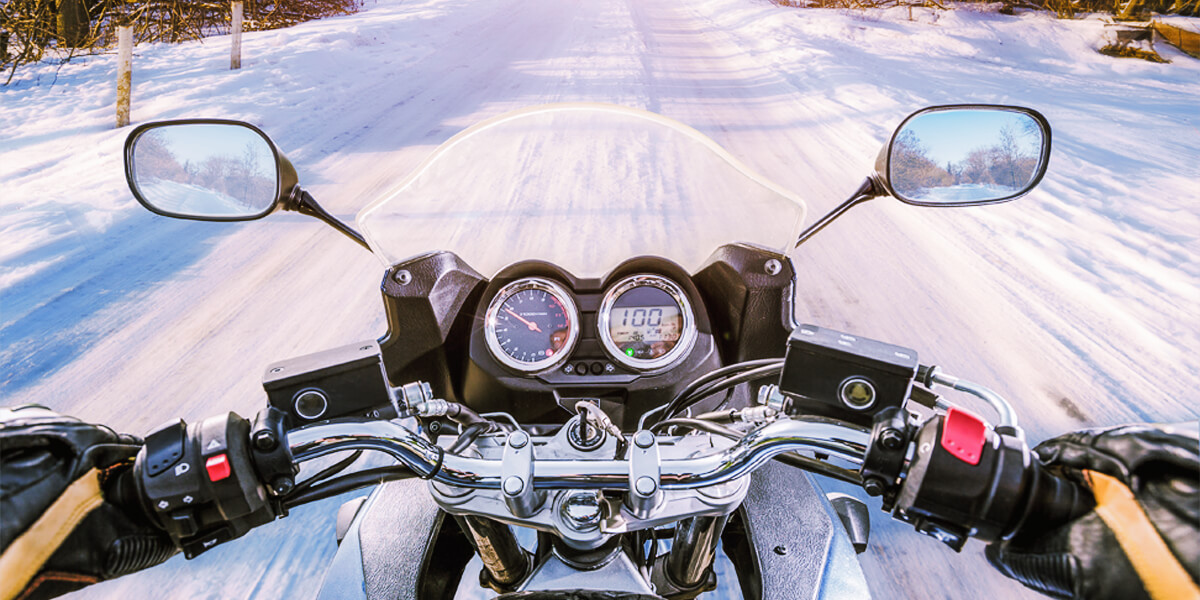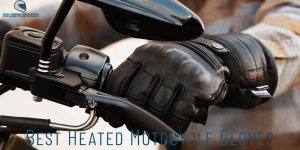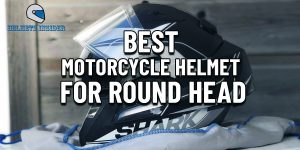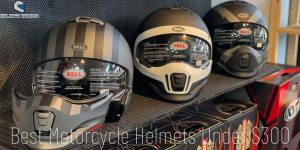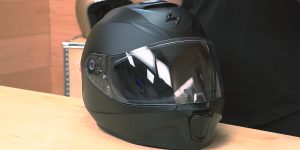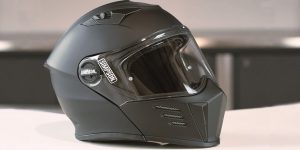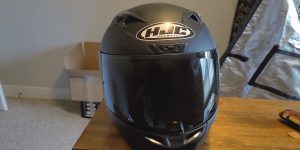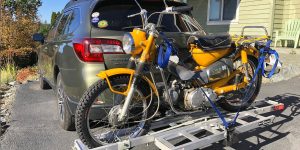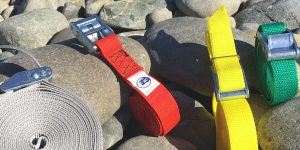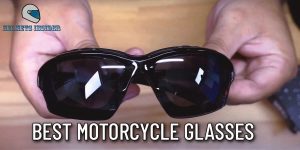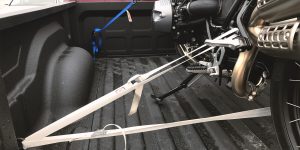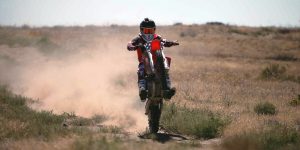As an avid rider, I know there’s nothing like hitting the road on two wheels. However, riding a motorcycle in winter is a risky adventure.
Riding a motorcycle in cold weather comes with a host of potential problems. Snow and ice on the road bring traction issues, while reduced visibility increases the chances of accidents.
Why do people like winter motorcycle riding? I think that for many riders, it’s the thrill of the challenge, testing their skills, and pushing their limits. Others use their motorcycle as primary transport. Whatever the reason, it’s crucial to be fully prepared.
Now, based on my own experience, I’m going to share some valuable tips to help you stay safe on the road in winter.
Getting ready for winter riding

One of the most critical aspects of low-temperature riding is proper clothing. The right gear can protect you from the cold, wind, and precipitation, allowing you to focus on the ride ahead. Thermal underwear, for example, is a great way to regulate body temperature and wick moisture away from the skin. Waterproof boots are also essential, as feet are one of the first parts of your body to feel the cold, and wet feet can lead to frostbite and other issues. I recommend looking for boots with good insulation and a sturdy, waterproof exterior to keep your feet dry and warm all the trip. Also, if you plan to bring a backpack for extra things, I recommend you read the tips for wearing a backpack on motorcycle trips.
You can opt for layers that can be easily added or removed to regulate your body temperature as needed. Start with a moisture-wicking base layer to help keep sweat away from your skin. From there, you should layer up with a thermal mid-layer, an insulated jacket, and waterproof outerwear to protect against the elements.
Additionally, don’t forget to save your extremities. Gloves and a balaclava will keep your hands and face warm, while a neck warmer will help prevent heat loss from your body. A pair of wool or synthetic socks can provide added insulation and moisture-wicking properties to keep your feet dry. And, of course, always wear a helmet with built-in breath deflectors for additional protection.
Besides choosing the right clothes, it’s important to warm up whenever possible. Taking regular breaks to stretch can help to prevent fatigue and keep your blood flowing. Bringing along hot beverages or snacks also provides a quick burst of warmth and energy.
Preparing your motorcycle for winter riding
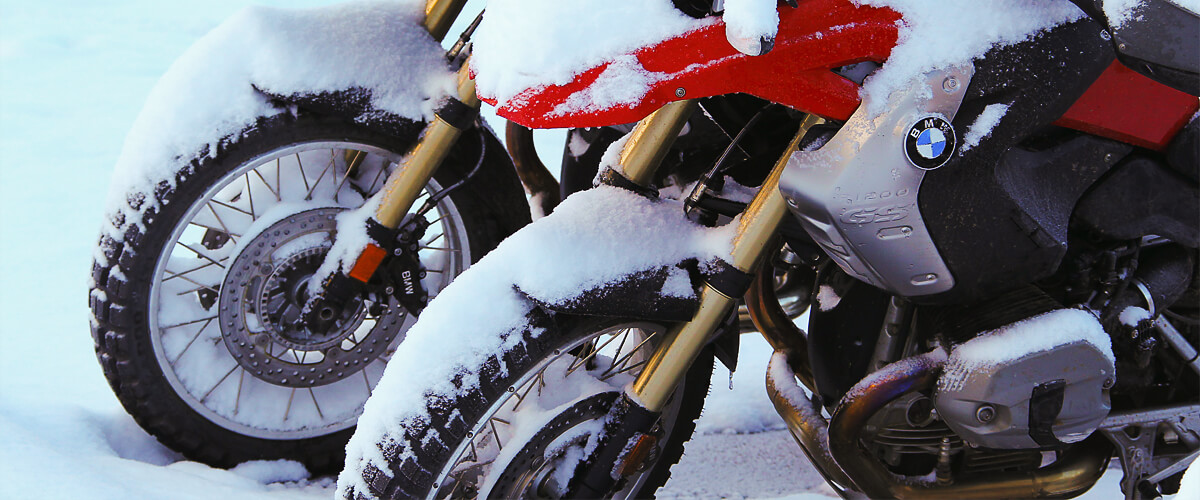
Before hitting the road, it’s essential to make sure your bike is prepared for the unique challenges of riding your motorcycle in the snow. Here are some tips to get your transport ready:
- Firstly, check your tire pressure regularly. Cold weather can cause the air in your tires to contract, which can lead to underinflation. This, in turn, can affect your bike’s handling and traction. It’s important to make sure that your tires are inflated to the manufacturer’s recommended pressure.
- Secondly, consider changing your tires to winter or all-season tires. These tires are designed to offer better grip in cold and snowy conditions. They have deeper treads and softer rubber that help them grip the road better in slippery conditions.
- Next, look over your engine oil and replace it if necessary. Snowy weather causes oil to thicken, making it harder for the engine to start. Fresh oil will ensure that the engine runs smoothly in cold weather.
- It’s also important to check your battery and make sure it’s fully charged. Low temperatures can be tough on batteries, and a weak battery can make it harder to start the engine.
- Don’t forget to check your brakes and circuitry to ensure they’re working correctly. Adjust the suspension to accommodate the heavier winter gear you’ll be wearing. Your bike’s suspension may also need adjustments to account for the different road conditions that come with winter riding.
When it comes to winter riding, choosing the right tires is crucial for maintaining traction and stability on the road. Here are the two main types of tires recommended for winter driving:
- Winter Models: These tires are specially designed for cold and snowy conditions. They have deeper treads and softer rubber compounds, which provide a better grip on slippery surfaces. Winter tires also have special sipes and channels that help to disperse water and slush from the road. This reduces the risk of hydroplaning, which occurs when water builds up between the tire and the road, causing a loss of control.
- All-Season Models: All-season tires are designed to perform well in a variety of weather conditions, including mild winter weather. They have a moderate tread depth and a harder rubber compound than winter tires. Plus, they provide adequate traction on light snow and ice, but they’re not as effective as winter tires in extreme winter conditions.
When choosing between winter and all-season tires, consider the type of riding you’ll be doing and the severity of the winter weather in your area. For example, if you ride in areas with heavy snow and ice, the winter option may be the best. On the other hand, if you are going to ride in milder winter weather, all-season tires may suffice. Whichever type you choose, make sure it is in good condition and properly inflated.
With these maintenance checks and adjustments, you’ll be ready for cold-weather motorcycle riding. Remember to always ride safely and wear appropriate gear to keep you warm and protected.
Safety precautions for winter riding
- Check the weather. Before heading out, make sure to look at the weather forecast. Avoid riding in extreme weather conditions like heavy snow, ice, or freezing rain.
- Check your motorcycle. It’s essential to check your motorcycle before riding in the winter. Ensure that the tires are properly inflated and have good tread depth to maintain traction on the road. Also, check the brakes, lights, and windshield to make sure they’re working correctly.
- Stay visible. Wear bright or reflective clothing, and ensure your motorcycle’s lights are working correctly.
- Slow down. Slippery roads require slower speeds.
- Leave extra space. Increasing your following distance can also reduce the risk of skids or slips.
- Stay alert. Keep an eye out for black ice, snowdrifts, and other hazards on the road. Be extra cautious at intersections and watch for vehicles that may not see you.
- Warn your friends or relatives. Inform someone of your travel plans and expected time of arrival. Consider carrying a cell phone and bringing a small survival kit with you in case of an emergency.
By following these easy safety precautions, you will ensure safe and enjoyable motorcycle driving in the winter. Remember, safety should always be your top priority while riding in any season.

